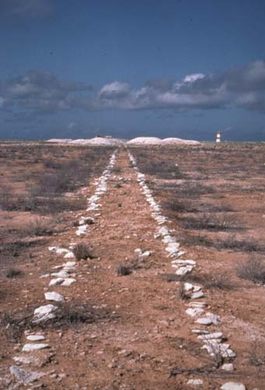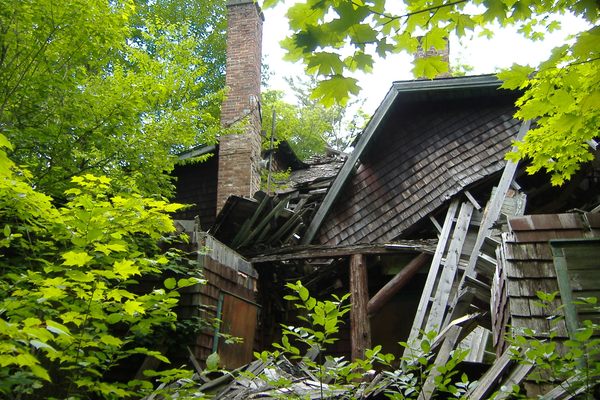For a period of time in the 19th century, bird droppings were big business.
Demand for guano – used as an agricultural fertilizer as well as a source of saltpeter for gunpowder – was so high that the US government enacted new laws, allowing for the claiming of remote lands rich in bird residue.
“Whenever any citizen of the United States discovers a deposit of guano on any island, rock, or key, not within the lawful jurisdiction of any other Government, and not occupied by the citizens of any other Government, and takes peaceable possession thereof, and occupies the same, such island, rock, or key may, at the discretion of the President, be considered as appertaining to the United States.” — first section of Guano Islands Act
Located about halfway between Hawaii and the Cook Islands in the South Pacific, Jarvis Island was first discovered in 1821 by Captain Brown of the British ship Eliza Frances, owned by Edward, Thomas and William Jarvis. The United States claimed the unoccupied coral island in 1857 under the Guano Islands Act.
The small island was distinctly unsuited for sustaining human life, with a harsh, unsheltered equatorial climate, no natural harbors, no sources of fresh water other than rare rainfall, and virtually no plant life.
Despite the odds, Americans built a small town infrastructure to support the mining of guano, which proceeded on the island for over twenty years. In 1878, the island (and 8000 tons of mined guano) were abandoned. In the following years, a few hardy souls attempted unsuccessfully to salvage the valuable assets. A modest grave marker memorializes one lonely soul, an island caretaker abandoned on Jarvis who eventually committed suicide in “gin-fueled despair.”
A dramatic shipwreck in 1913 brought the island its next visitors, and provided material for rough shacks built for colonists under an ambitious but ill-fated US government settlement scheme in 1935. The island was later shelled by both the US (to destroy any remaining viable shelter) and the Japanese in WWII.
Today the island is once again abandoned, part of the Pacific Remote Islands Marine National Monument and visited only by the US Department of Fish and Wildlife and the Coast Guard. Outside visitation is strictly limited, and generally only available to researchers and scientists.
More than one hundred islands were eventually claimed under the Guano Islands Act, but most are no longer claimed or administered by the US – only a dozen or so remain.
Know Before You Go
Jarvis Island is protected as a United States National Wildlife Refuge; landing without prior permission of the US Fish and Wildlife Service is punishable under US law.






















Follow us on Twitter to get the latest on the world's hidden wonders.
Like us on Facebook to get the latest on the world's hidden wonders.
Follow us on Twitter Like us on Facebook